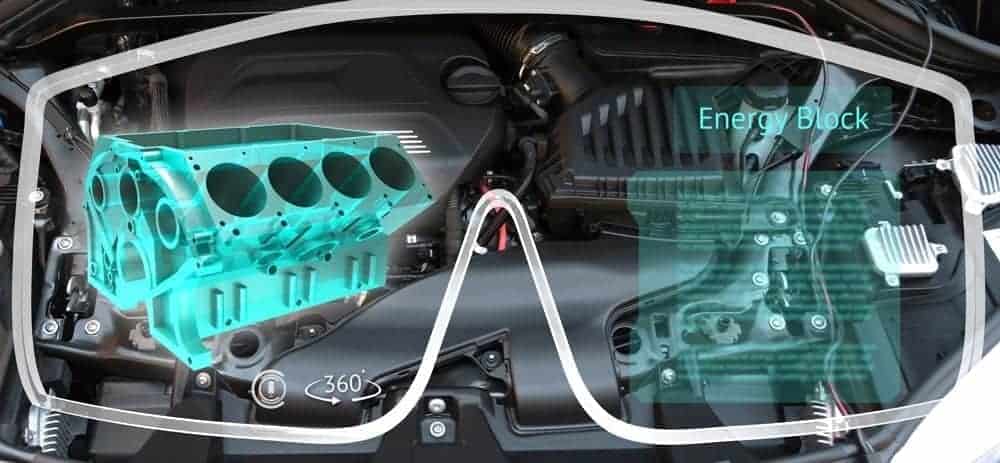

The increasing growth of the Internet of Things (IoT) and the increased use of real-time data, monitoring and tracking in everyday production continue to drive the development of wearable technologies in the industrial sector.
Stakeholders in manufacturing, logistics and warehousing, and in mining, construction, oil and gas, retail and healthcare are working to readily integrate new technologies that have already moved beyond the concept stage into their respective portfolios.
Wearable technologies in caps, glasses or on the wrist, equipped with advanced sensors, speech recognition, vision aids or touch-sensitive technology, ensure user safety and provide easy access to data.
"Developers are currently working on wearables that are lighter, more comfortable and easy to use, and that use longer battery life and advanced sensor technologies to improve human ergonomics and reduce fatigue issues"
Frost & Sullivan TechVision research analyst Ranjana Lakshmi Venkatesh Kumar explains.
While the applications for the devices are rapidly expanding, the high capital cost and limited support of existing platforms are preventing adoption in the industrial sector.
Companies are also skeptical about the technological possibilities of devices that integrate seamlessly into existing work processes. Many developers do not even have access to the necessary technologies to take ergonomics and the user environment into account in their product design.
"Advancing digitalization will transform the current industrial sector into a 'smart' industry with internal users and external customers connected to the supply chain, improving productivity, user awareness and working conditions through human-machine interfaces."





